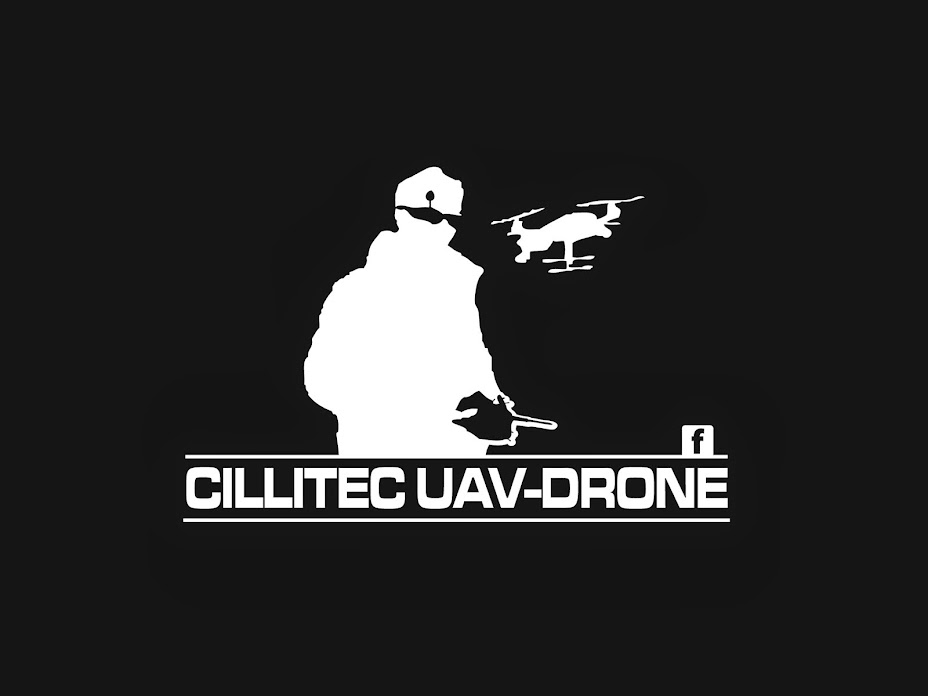DJI T600 Inspire - Hobbyking
 http://www.hobbyking.com/hobbyking/store/__75615___PRE_ORDER_DJI_T6...
http://www.hobbyking.com/hobbyking/store/__75615___PRE_ORDER_DJI_T6...This DJI mutirotor is going to flood the market and with a price tag of $2,899.00 will hopefully keep it out of the beginners hands.
Features:
• Completely READY-TO-FLY
• Innovative transforming design for 360° aerial photography / video
• Leading edge camera for 4K video & 12 megapixel photos
• Modular camera gimbal design for easy transportation & upgradability
• 720p HD Live video output
• Support dual transmission system – photographer & Flyer can control the gimbal & model separately (A extra transmitter is required)
• Optical Flow technology combined with sonic waves rise indoor flying stability to a new level
• Intelligent battery with advanced algorithms – It can calculate the distance of your Inspire 1 from you and keep tracking your battery status, so you can manage the flight time better
• Specially design transmitter to fit FPV needs - Dedicated buttons for photo and video capture, a gimbal control dial, an integrated rechargeable battery, HDMI and USB port allowing you to connect mobile devices or compatible screens.
• 1-click take-off & landing
• Return-to-Home function
• Smartphone controllable
Specification:
DJI Inspire
Weight (Incl. Battery): 2935g
Hovering Accuracy (GPS mode): 0.5m(Vertical), 2.5m (Horizontal)
Max Angular Velocity: 300°/s(Pitch), 150°/s (Yaw)
Max Tilt Angle: 35°
Max Ascent Speed: 5m/s
Max Descent Speed: 4m/s
Max Speed: 22m/s (ATTI mode, no wind)
Max Flight Altitude: 4500m
Max Wind Speed Resistance: 10m/s
Max Flight Time: Appro. 18 minutes
Motor Model: DJI 3510
Propeller Model: DJI 1345
Indoor Hovering: Enabled(Default)
Diagonal Distance: 559 to 581mm
Dimensions: 438x451x301mm
Gimbal
Model: ZENMUSE X3
Output Power (with camera): 9W(Static), 11W(In motion)
Operating Current: 750mA(Static), 900mA(In motion)
Angular Vibration Range: ±0.03°
Mounting: Detachable
Controllable Range: -90° to +30°(Pitch), ±320°(Pan)
Mechanical Range: -125° to +45°(Pitch), ±330°(Pan)
Max Controllable Speed: 120°/s(Pitch), 180°/s(Pan)
Camera
Model: FC350
Resolution: 12.0MP
FOV (Field of View): 94°
CMOS: Sony EXMOR 1/2.3”
Lens:
f/2.8 (20mm equivalent)
9 Elements in 9 groups
Aspherical lens element
Anti-distortion filter
UV filter
Still Photography Modes:
Single shoot
Burst shooting (BURST: 3/5/7 frames, AEB: 3 or 5 bracketed frames at 0.7EV Bias)
Time lapse
HD Video Recording Modes:
UHD (4K): 4096x2160p24/25, 3840x2160p24/25/30
FHD: 1920x1080p24/25/30/48/50/60
HD: 1280x720p24/25/30/48/50/60
Max Bitrate of Video Storage: 60Mbps
Supported File Formats: FAT32/exFAT
Photo: JPEG, DNG
Video: MP4/MOV (MPEG-4 AVC/H.264)
Supported SD Card Types:
SD/SDHC/SDXC Micro SD
Max capacity: 64GB, Class 10 or above
Transmitter
Operating Frequency:
5.728GHz~5.850 GHz (Transmitter to Transmitter)
2.400GHz~2.483GHz (Transmitter to radio)
EIRP: 13dBm@5.8G, 20dBm@2.4G
Video Output Port: USB, HDMI
Dual User Capability: Host-and-Slave
Output Power: 9W
Battery: 6000mAh LiPo 2S
Battery
Capacity: 4500mAh
Voltage: 22.2V / 6cell
Energy: 99.9Wh
Net Weight: 570g
Vision Positioning
Velocity Range: Below 8m/s (2m above ground)
Altitude Range: 5cm-500cm
Operating Environment: Brightly lit (lux >15) patterned surfaces
Operating Range: 0-250cm
Included:
Inspire 1 Quadcopter
Transmitter
ZENMUSE X3 Gimbal and Camera
Charger
Smartphone Holder
4 x Spare Props
$2,899.00
FONTE:DJI T600 Inspire - Hobbyking - DIY Drones


